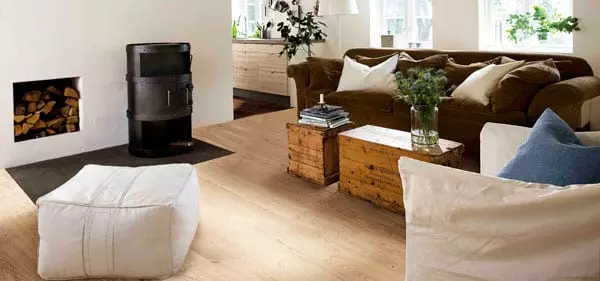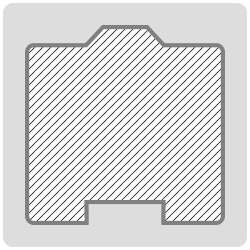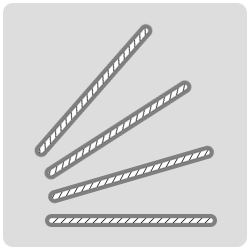
To get an idea of how much flooring you are need, please start by identifying the area you would like to measure from the list below. Once you’ve identified your room type, follow the tutorial and measure your room. To get started you’ll need a tape measure and a pencil or pen to sketch out your room. Then add the dimensions, you can even download and print out each guide to make the whole process easier.

STRAIGHT ROOMS
Measure your room from widest point to widest point. Remember to always measure your doorways. Sketch out a floorplan of your room and add dimensions to the sheet below. Make a note of what is underneath your current flooring to help us when when providing you with advice.

IRREGULAR SHAPED ROOMS
Measure your room from widest point to widest point. Remember to always measure your doorways. With rooms with unusual dimensions it is always best to measure as many of the walls as possible. Sketch out a floorplan of your room and add dimensions to the sheet below. Make a note of what is underneath your current flooring to help us when when providing you with advice.

HALLWAYS
Measure the hallway from widest point to widest point. Remember to always measure your doorways and any cupboards (such as areas under stairs) should they also need a covering. Sketch out a floorplan of your room and add dimensions to the sheet below. Make a note of what is underneath your current flooring to help us when when providing you with advice.

LANDINGS
Measure your landing from widest point to widest point. Remember to always measure your doorways. When measuring your landing, don’t forget to measure up and over the first step. Sketch out a floorplan of your room and add dimensions to the sheet below. Make a note of what is underneath your current flooring to help us when when providing you with advice.

STAIRS
To measure a simple staircase please follow the instructions below. Fill in each of the boxes. If your staircase is divided by a half-landing, measure each of the staircases and complete the half landing measurement instructions below.
An average staircase has 10-13 steps, the average stair width is between 75 and 90cm. The average tread and riser drop measures between 45 and 50cm. Make a note of what is underneath your current flooring to help us when when providing you with advice.

HALF-LANDINGS
A half landing is a square of floor which changes the direction of your staircase. If your staircase has one of these, follow the instructions below and fill in the boxes. You will also need to complete a staircase measurement for each of the staircases leading to and from your half-landing. Make a note of what is underneath your current flooring to help us when when providing you with advice.

WINDER STAIRS
Winder Staircases are wedge shaped stairs which go around a corner rather than straight up. To measure a winder staircase please follow the instructions below and write down dimensions for each of the winder steps. Make a note of what is underneath your current flooring to help us when when providing you with advice.

BULLNOSE STAIRS
Bullnose stairs are very odd but not to be feared! If your staircase has a bullnose step, simply follow the instructions below and write down the dimensions for the bullnose step. Make a note of what is underneath your current flooring to help us when when providing you with advice.


